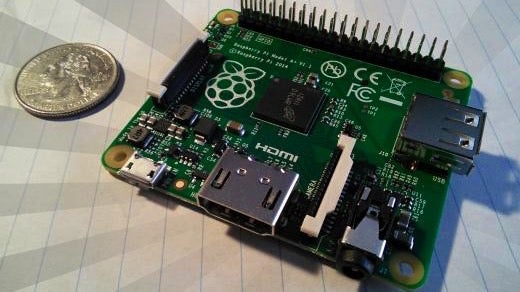I'm always looking for ways to map hot technologies to fun, educational classroom use. One of the most interesting, and potentially disruptive, technologies over the past few years is cryptocurrencies. In the early days, one could profitably mine some of the most popular cryptocurrencies, like Bitcoin, using a home PC. But as cryptocurrency mining has become more popular, thanks in part to dedicated mining hardware, the algorithms governing it have boosted computational complexity, making home PC mining often impractical, unprofitable, and environmentally unwise.
For educational purposes, students could still learn how to mine cryptocurrencies, but the motivational thrill of potentially making "big money" is diminished. Plus, the minuscule earnings may not be enough to cover transaction fees, which minimizes the post-mining educational aspects of buying, selling, and holding cryptocurrencies.
Further, a PC is needed to do this mining. At many schools, students don't have access to their own PCs, and the electricity costs, either at home or in a funding-strapped school, could make mining prohibitive.
Mining on a Raspberry Pi
Alternatively, what if mining could be done (perhaps even profitably) on a Raspberry Pi? Raspberry Pis are great for educational use because every student can have their own computer for $35. Further, the Raspberry Pi sips electricity, making it an energy-efficient choice for always-on use. That's the good news. The bad news is that the computational power of a Raspberry Pi is much less than that of a traditional PC.
Hope is not lost, however. While many of the most popular cryptocurrencies use computationally intensive proof-of-work systems that enable them to mine faster and earn more than their competitors, there are other cryptocurrencies based on other proofs.
One example is Storj, which uses a proof-of-retrievability system. With Storj, users "rent out" spare disk space and get paid monthly in Storj coin. Think of Storj as an open source and decentralized Amazon S3: Instead of paying a cloud provider to store files, Storj users pay to store files on the decentralized Storj network, which is run by everyone mining Storj (Storj calls this mining activity "farming"). The more a Storj farmer shares and the more available the storage is (e.g., isn't powered off at night), the more the farmer gets paid. Since this proof is coupled to storage capacity and availability rather than CPU power, a Raspberry Pi could be well-suited for farming Storj, especially considering its low power consumption.
Getting started with Storj
To start farming Storj, you run a client on your traditional PC and share out your spare disk space. Setup on a Raspberry Pi is a little more involved, but it is well-documented. The trickiest part is getting the networking configured properly. Storj also offers an interactive chat system staffed by community volunteers who are eager to help.
How do you get paid? Every month, a formulaic payout is made to the Storj public address provided when running the farming client. In my case, I farmed 50 GB of my Raspberry Pi’s 64 GB MicroSD card for a month and a half and earned about 20 Storj coins, worth about $16 at the time of this writing. One way to look at it is that my experiment paid for the MicroSD card, or for about half of the Raspberry Pi.
Even though I didn't get rich over this experiment, I found it intellectually enriching. It showed that "real money" can be made, which could get the attention of students, and possibly fund their computer science labs for more Raspberry Pis.
When I was a student, I enjoyed learning about computers and investing using programs like Lemonade Stand on an Apple II. To help fund school programs, I sold pizzas, subs, candy, and magazines to family and neighbors. Today, students can learn about computers and investing and fund their school computer science labs by farming Storj on Raspberry Pis. What exciting times we live in!







8 Comments